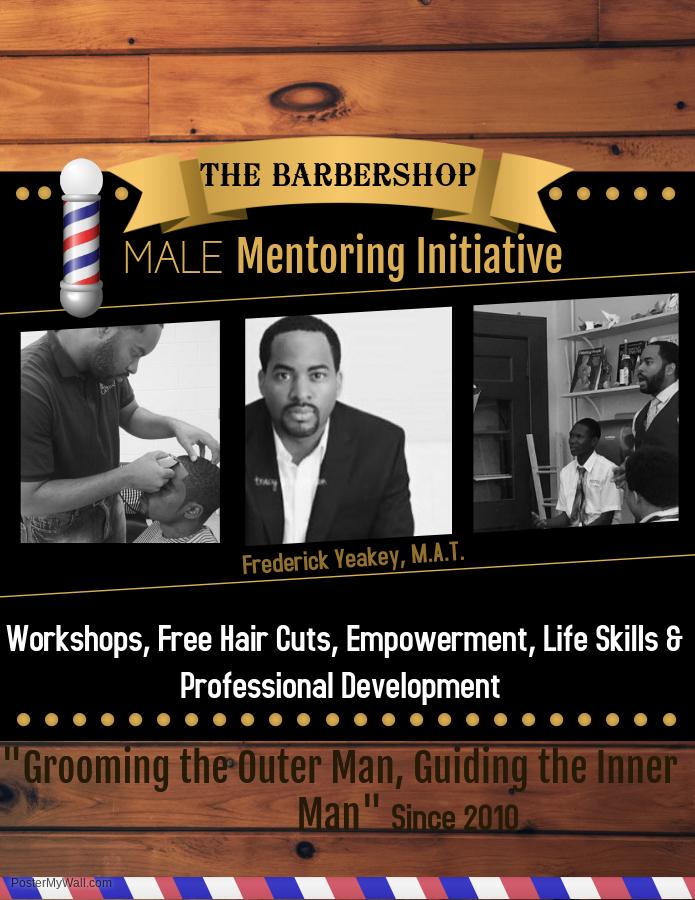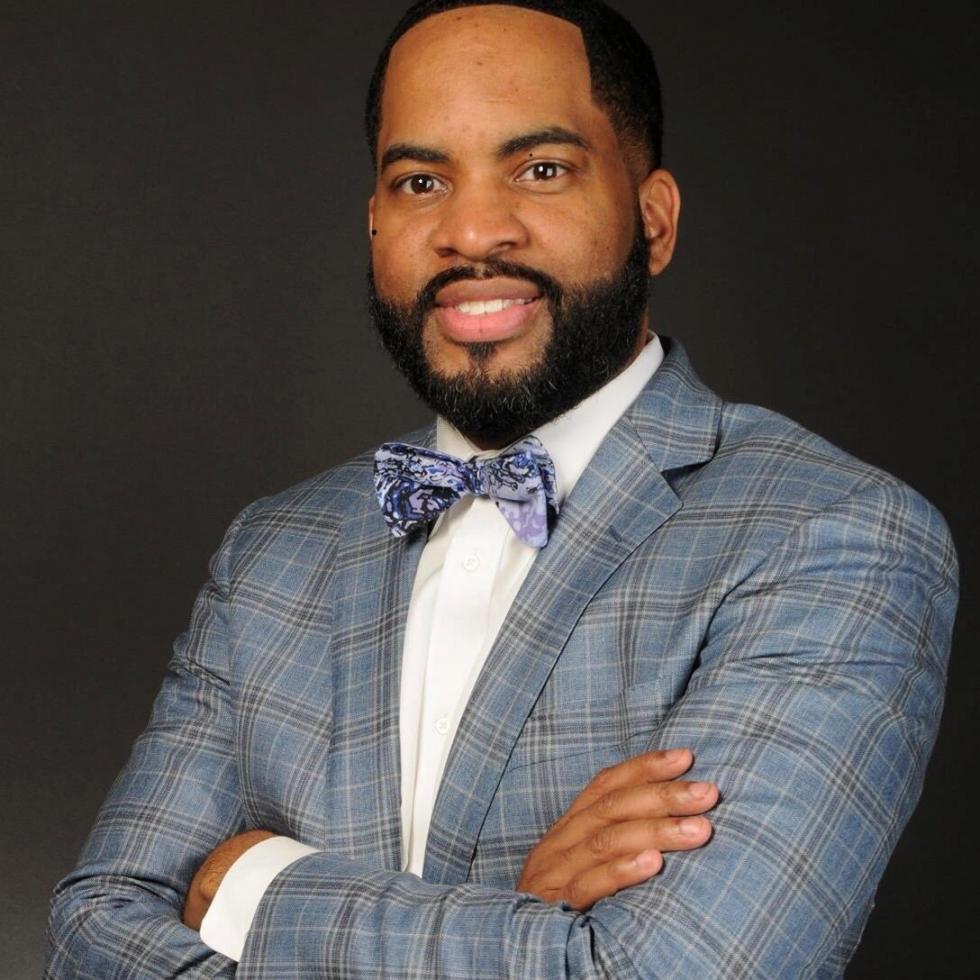Educating Students Who Have Experienced Trauma
Promising Practices From the 2019 Summer Conferences
 Most teachers have students in their
classrooms right now who have experienced trauma and are acting
out in class because of it. The impact of trauma can be
far-reaching and long-lasting and affect students’ ability to
succeed in school and in life. Teachers benefit from learning how
to recognize trauma and deal with it effectively.
Most teachers have students in their
classrooms right now who have experienced trauma and are acting
out in class because of it. The impact of trauma can be
far-reaching and long-lasting and affect students’ ability to
succeed in school and in life. Teachers benefit from learning how
to recognize trauma and deal with it effectively.
To help students who have experienced trauma, we need to know what it is.
Frederick Yeakey, vice principal of Culture and Mission at Providence Cristo Rey High School in Indianapolis, Indiana, defines trauma as the response to a deeply distressing or disturbing event that overwhelms individuals’ ability to cope, causes feelings of helplessness and diminishes their sense of self and ability to feel the full range of emotions. Examples include students experiencing verbal or physical abuse, violent crime, parental divorce, a death in the family or depression.
In the classroom, trauma may manifest itself in a number of ways – students disengaging from lessons, not turning in assignments, interrupting the flow of a lesson or the classroom, disobeying class rules and exhibiting an attitude that teachers often perceive as disrespectful. One of the most common expressions of trauma is fighting.
“If teachers are educated in trauma, they may be able to recognize it and help students deal with it,” says Yeakey.
Strategies for Supporting Students Who Have Endured Trauma
- “Understand the student; show them that you care enough to listen to them and that you care enough to love them,” says Yeakey. The student-teacher relationship is always number one, he insists.
- Get to know your students’ families. Visit their homes; talk to their parents. Yeakey is adamant that “home visits save lives.”
 Use a natural gift that
you have to find ways to connect with students
outside of the daily classroom environment. It could be
starting a sewing club, critiquing TV shows or helping with money
management. Yeakey started a barbershop as part of an
after-school detention program for male students. They cut hair,
talk, bond and break down barriers. He says he became somewhat of
a surrogate father to them. “Kids found a belonging, a
connectivity. Once they found a belonging, they felt
accountability,” notes Yeakey.
Use a natural gift that
you have to find ways to connect with students
outside of the daily classroom environment. It could be
starting a sewing club, critiquing TV shows or helping with money
management. Yeakey started a barbershop as part of an
after-school detention program for male students. They cut hair,
talk, bond and break down barriers. He says he became somewhat of
a surrogate father to them. “Kids found a belonging, a
connectivity. Once they found a belonging, they felt
accountability,” notes Yeakey.
- “Just be present,” he says. Many students living with trauma are involved in extracurricular activities, but no one shows up to support them. When teachers take the time to attend their events and cheer them on, “it means the world to these students,” maintains Yeakey.
- Establish expectations in the beginning of the school year to help foster a good classroom climate throughout the year, says Yeakey. “Teachers must establish the proper protocol so they can educate.”
- Be an educator, not just a teacher. As Yeakey notes, the term educator refers to a person who gives intellectual, moral and social instruction. Teacher is a job title — a person who teaches students at a school. Educators focus on students’ development and progress; teachers focus on their curriculum and their syllabus. An educator is a skilled teacher; all teachers are not educators. “We need more educators in trauma,” says Yeakey.
- Create a good classroom environment. “Kids need a safe place to mess up and know it’s okay.” They don’t need a classroom where they’re told they are stupid if they make mistakes, says Yeakey.
How to Discipline Students
Yeakey is adamant that out-of-school suspensions are not the way to go when punishing a disruptive child who has experienced trauma. “You can’t send a child from a structured environment to an unstructured one and expect them to come back better,” he notes. He also warns that students who are suspended and sent home often don’t have supervision at home — and that may lead to more serious issues, including crime and time spent in the juvenile justice system.
Better options are in-school suspensions or after-school detentions, he advises. Students are still in a structured environment where they can complete their class assignments, eat a good lunch, reflect on their day and even practice anger management with the school social worker. Every school benefits by having a social worker in the building, he notes.
Student Outcomes
 After educators put in place some of
these strategies, students begin to make gradual, progressive
changes. “The biggest indicator that students are becoming
engaged and that their lives are being impacted is attendance;
they are coming to school,” says Yeakey.
After educators put in place some of
these strategies, students begin to make gradual, progressive
changes. “The biggest indicator that students are becoming
engaged and that their lives are being impacted is attendance;
they are coming to school,” says Yeakey.
Behavioral changes don’t happen right away, however. Yeakey says academics will probably improve before behavior does because of students’ emotional intelligence level. They may act out even though it’s not what they want to do. It’s not until they can see success coming that their behavior begins to adapt, he advises.
Contact: Frederick Yeakey, Fred.Yeakey@gmail.com

